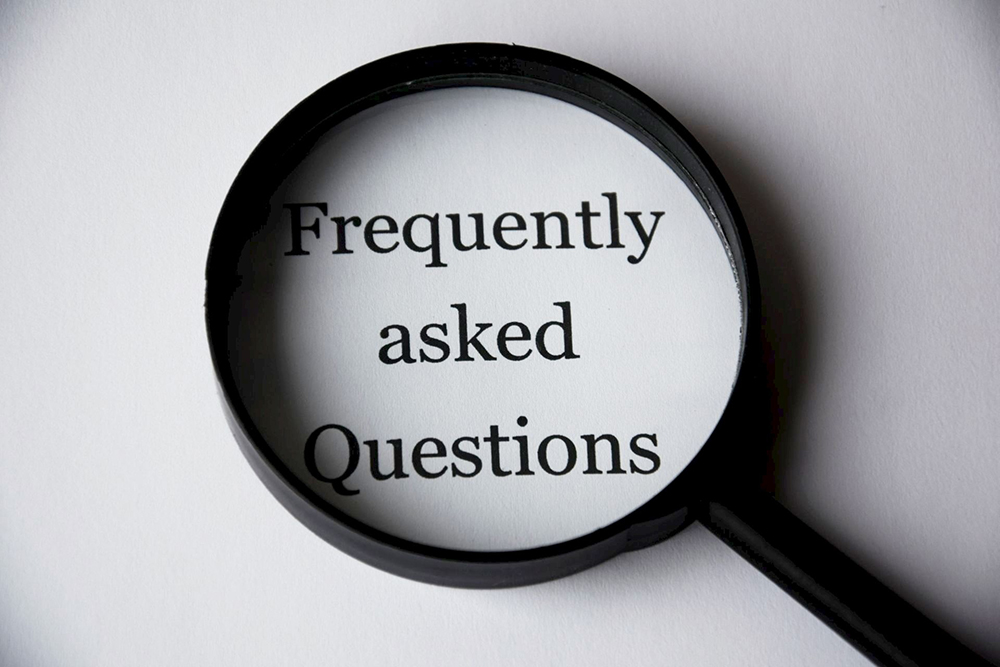Here are some great answers from Dr. Robert McMullen with further input below from our practice about these commonly asked questions.
What is the success rate? 01:50 – 02:37
It can vary widely from 1/3 patients experiencing full relief to 80% of patients. This depends on a multitude of factors including how treatment resistant the depression is, whether or not adjunctive treatments are used (e.g. medication management and therapy during a course of treatment enhance remission rates), and the experience and technique of the practice. Remission rates using deep TMS in the community have generally averaged around 50% of patients which is superior to the remission rates found in the medical literature for other TMS treatments (e.g. Neurostar) where some numbers were only 15%. Considering the patient population being treated have often failed to have relief with 3+ antidepressants, the 50% remission rate is excellent as data shows with only medication management alone, the remission rate is much lower. Other factors that bear a better prognosis are fewer failed medications, younger age, prior periods of being depression free (versus persistent symptoms of depression for many years)
Who would benefit from this treatment? 04:36 – 05:45
The more failed trials of antidepressants, the more a patient should consider other treatment options. This is not to say other treatment options would be replacing antidepressants. However, if a patient say, has tried several antidepressants and continues to struggle with a lot of depressive symptoms, the likelihood of remission with continuing with this approach alone is close to a zero percent chance of remission. In addition to TMS, an in depth assessment should be performed to gain diagnostic clarity for other disorders and evidence based therapy modalities should be explored as well.
What is the difference between regular TMS and deep TMS? 07:19 – 09:01All other technologies that do not use Brainsway’s patented H coil, use a figure of 8 coil. The area of the brain it effects is the left prefrontal cortex and it stimulates a size that is about the diameter of a silver dollar and only penetrates a little more than 2 centimeters. That’s not very deep considering one of the targets is the limbic system which lies deep within the brain. The H coil penetrates beyond 3 centimeters and a much larger area. It too stimulates the left prefrontal cortex. With other coils, as the area stimulated is so small, up to 1/3 times, the target of the dorsolateral prefrontal cortex can be completed missed!
What are some possible side effects? 17:33 – 19:08
The biggest potential side effect is that of inducing a seizure. However, the likelihood ranges from 1/30,000-1/90,000 sessions. Newer literature suggests the incidence may be closer to 1/90,000 sessions. This is an exceptionally small likelihood and some antidepressants have an even higher seizure risk. At our practice we advise patients to be proactive about minimizing their seizure risk such as ensuring they have adequate sleep and most importantly, being completely abstinent from alcohol and recreational substances. The latter has been found to have the potential to alter seizure risk dramatically. In the first week of treatment, some patients experience a headache as the coil is positioned right against the muscles of the scalp which can get tense during treatment. However, all our patients have become quite comfortable by the second week of treatment and were able to successfully complete their courses of treatment.

